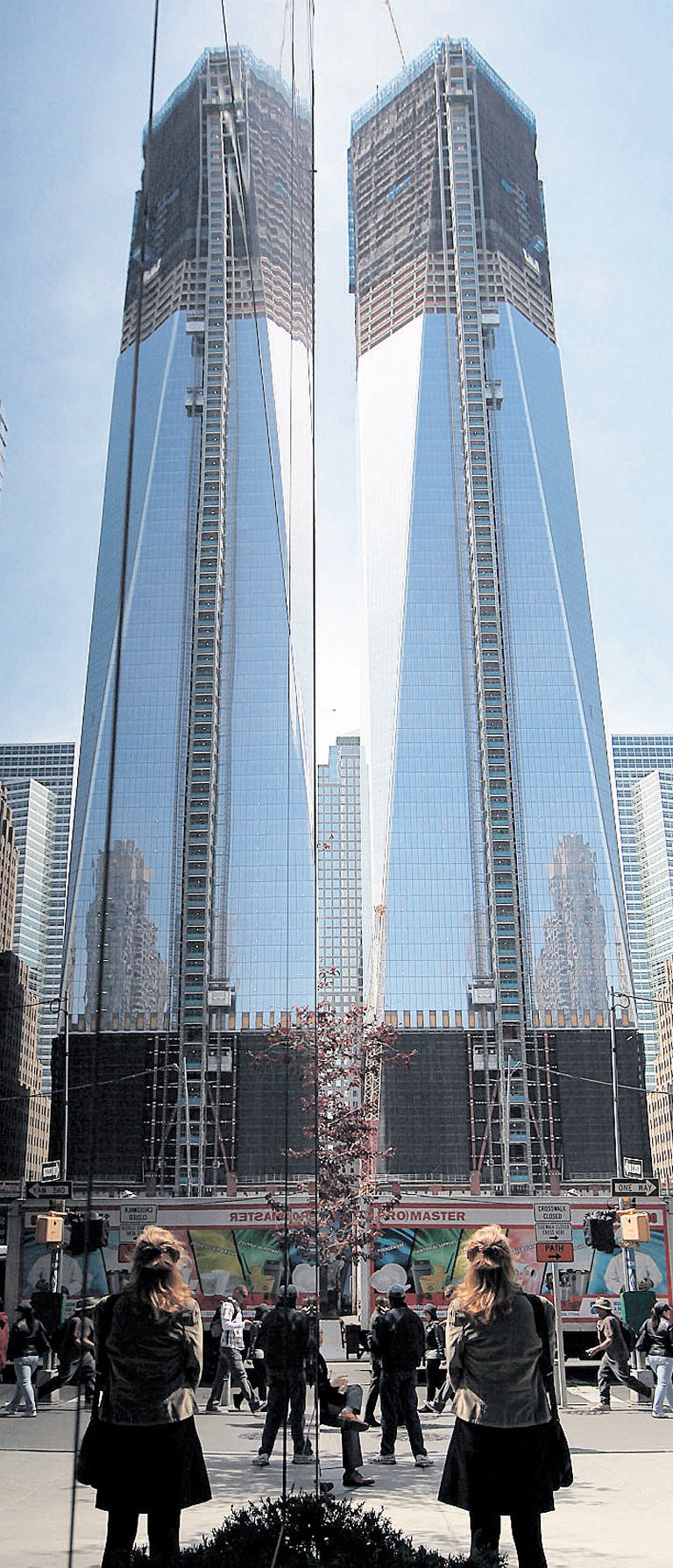To Forgive Design, Understanding Failure, By Henry Petroski
A sprawling study of structural flaws which reveals the fine line between history's successes and failures

Henry Petroski, the distinguished American engineer, has made half a career out of explaining the failure of structures in which, in the widening gyres of theory or ignorance, the centre will not hold. Engineering is interesting when it works, but much more compelling when it doesn't. Petroski may be one of his profession's establishment figures, but his key finding is highly critical: because most engineers don't know much about the history of engineering, complacency and gee-whizz design software is likely to foment a fairly regular incidence of potentially catastrophic structural failures.
That core message is important, and worthy of a better organised and edited book than this. Much of the information will be of great interest to engineers and designers, and not to amateur builders. Specific subject-matter is not always presented in a linear, cause-and-effect narrative; and there are very few completely self-contained case studies of failure.
Too often, nuggets of insight, if not outright exposés, become tangled in spongier material. One learns, incredulously, that New York's largest concrete test laboratory "failed to perform tests, falsified reports and double-billed clients" in the case of some of the concrete used in the Freedom Tower, the centrepiece of the redeveloped Twin Towers site.
Twenty pages later, Petroski is shunting together fleeting references to Democritus on atomic particles, the triangular webs of Pasilobus tropical spiders, and a riff on stamps whose "perforations are, of course, encountered in many different contexts... crackers, ranging from saltines to matzos, often come in perforated sheets of two or more portions." These examples of modes of collapse would be more effective if they cast useful light on particular studies.
There are 21 pages on the Ritual of the Calling of an Engineer, complete with chunks of Kipling and a discussion about the iron "pinkie rings" worn by qualified Canadian engineers. What have these sub-Masonic musings to do with understanding structural failure?
Despite the book's meanderings and repetitions, there is much to learn from it – first, that the line between durable engineering and complete failure can be extremely fine. In 2011, Southwest Airlines flight 812, en route between Phoenix and Sacramento, suddenly developed a 5ft-long tear in the fuselage because of a minuscule failure of workmanship: the rivet holes in this section of the aircraft's skin were oval rather than round. In 1954, the South African Airways Comet en route to Cairo crashed into the sea near Elba in because of fatigue cracks caused by its square windows; a fact I read with personal interest. My parents and I were booked on that flight, but the journey was deferred at the last minute.
Petroski is excellent on bridge failure. His description of the reasons for the 1967 collapse of the Silver Bridge, linking West Virginia and Ohio across the Ohio River, is forensic; his examination of the destruction of the Tacoma Narrows bridge in 1940 shows that its collapse was caused by aesthetic one-upmanship. In the 1930s the design of suspension bridges sought visual refinement, and the Tacoma bridge was extraordinarily light and thin; model-testing before its erection revealed that it would move in wind.
Petroski makes the important point that engineering knowledge is not automatically cumulative; and this can lead to assumptions about "proven" designs that then become dubious when they're used as the basis of a more sophisticated structure, or where the proven and the unproven are, so to speak, bolted together. He notes that the collapse of big structures happens in approximately 30-year cycles – one generation's worth of engineers.
The most brilliantly explained engineering failure concerns the ocean-bed blowout involving the Deepwater Horizon oil rig in 2010. Petroski's exposition is immensely detailed and benefits from being linear in its narrative. This section of the book is exemplary in its remorseless exfoliation of the technical and commercial reasons for the incident.
To Forgive Design reads as if it might be Petroski's final sign-off; hard information and sentimental asides jostle together. But a remark towards the end surely demands another book. "It will be interesting to know," he muses, "if the separation of books, first from their older generations, and then from our physical contact will lead to an increase in [engineering] failures."
History, especially in engineering, is not bunk.
Join our commenting forum
Join thought-provoking conversations, follow other Independent readers and see their replies
Comments
Bookmark popover
Removed from bookmarks